Contents
- 1 Exploring the Chemistry and Biology of Desire
- 1.1 Introduction
- 1.2 The Role of Hormones in Sexual Attraction
- 1.3 The Chemistry of Desire: Neurotransmitters and Brain Activity
- 1.4 Save The Role of Pheromones in Sexual Attraction
- 1.5 Psychological Factors Influencing Sexual Attraction
- 1.6 Practical Applications and Insights
- 1.7 Save The Impact of Modern Technology on Sexual Attraction
- 1.8 Future Directions in Research
- 1.9 Save Conclusion
- 1.10
Exploring the Chemistry and Biology of Desire
By Dr. Alan Hayes, Neurobiologist and Sexual Health Researcher
Introduction
Sexual attraction is a complex phenomenon driven by a combination of biological, chemical, and psychological factors. Understanding the science behind sexual attraction can provide insights into how and why we are drawn to certain individuals. This article explores the key biological and chemical processes that underpin sexual attraction and desire, offering a comprehensive look at the fascinating science of human connections.
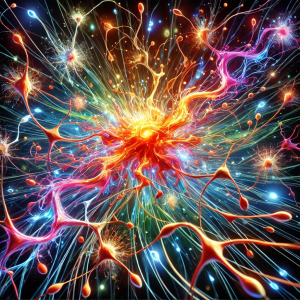
The Role of Hormones in Sexual Attraction
Hormones play a crucial role in regulating sexual attraction and desire. Key hormones involved in this process include:
- Testosterone: Often associated with male sexuality, testosterone also plays a significant role in female sexual desire. Higher levels of testosterone are linked to increased libido and sexual attraction.
- Estrogen: This hormone is critical in regulating female sexual desire and reproductive health. Fluctuations in estrogen levels can influence sexual attraction and behavior.
- Oxytocin: Known as the “love hormone,” oxytocin is released during physical touch and intimate moments, fostering bonding and attraction between individuals.
- Dopamine: This neurotransmitter is associated with pleasure and reward. High levels of dopamine can enhance feelings of attraction and desire.
How Hormones Influence Attraction Hormones can affect various aspects of sexual attraction, including physical appearance, scent, and behavior. For example, studies have shown that women are more attracted to men with higher testosterone levels during their ovulatory phase, when estrogen levels are also high.

The Chemistry of Desire: Neurotransmitters and Brain Activity
Neurotransmitters are chemical messengers in the brain that play a vital role in sexual attraction and desire. Key neurotransmitters involved include:
- Dopamine: Associated with pleasure and reward, dopamine levels increase during moments of attraction and sexual arousal.
- Serotonin: While serotonin is linked to mood regulation, its role in sexual attraction is complex. Low levels of serotonin are associated with increased libido and desire.
- Norepinephrine: This neurotransmitter is responsible for the adrenaline rush experienced during moments of attraction. It increases heart rate and arousal.
Brain Regions Involved in Sexual Attraction Several brain regions are activated during sexual attraction and desire, including:
- Hypothalamus: Regulates hormone release and is critical for sexual behavior.
- Amygdala: Processes emotions and is involved in the initial stages of attraction.
- Ventral Tegmental Area (VTA): Releases dopamine and is associated with the reward system, reinforcing feelings of attraction.

The Role of Pheromones in Sexual Attraction

Pheromones are chemical signals released by the body that can influence the behavior and attraction of others. While the role of pheromones in human attraction is still debated, research suggests they may play a part in:
- Scent and Attraction: Certain body odors, influenced by pheromones, can make individuals more or less attractive to potential partners.
- Genetic Compatibility: Pheromones may help individuals subconsciously assess genetic compatibility, enhancing the likelihood of reproductive success.
Studies on Pheromones Research has shown that women are often more attracted to the scent of men with different immune system genes, which may increase the genetic diversity of potential offspring.

Psychological Factors Influencing Sexual Attraction
While biology and chemistry play significant roles, psychological factors also influence sexual attraction. These include:
- Physical Appearance: Symmetry, body shape, and facial features can significantly impact attractiveness.
- Personality Traits: Characteristics such as kindness, confidence, and a sense of humor can enhance attractiveness.
- Social and Cultural Influences: Cultural norms and social environments can shape perceptions of attractiveness and desirability.
The Role of Similarity and Familiarity Psychological theories suggest that similarity and familiarity can enhance attraction. We are often drawn to individuals who share our values, interests, and backgrounds.
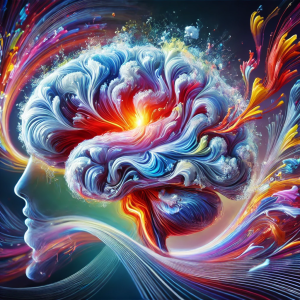
Practical Applications and Insights
Understanding the science of sexual attraction can offer practical insights for enhancing relationships and sexual health. Here are some applications:
- Improving Relationship Satisfaction: By understanding the role of hormones and neurotransmitters, couples can work on activities that boost these chemicals, such as physical touch, novelty, and shared experiences.
- Enhancing Sexual Desire: Awareness of factors that influence desire can help individuals and couples address issues related to libido and intimacy.
- Promoting Healthy Relationships: Recognizing the interplay of biological, chemical, and psychological factors can support healthier, more fulfilling relationships.
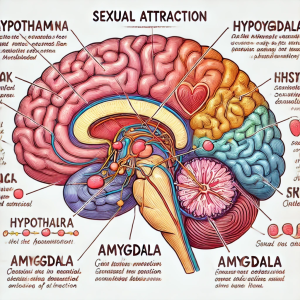
The Impact of Modern Technology on Sexual Attraction

In today’s digital age, technology plays a significant role in shaping sexual attraction and relationships. Online dating apps, social media, and virtual communication have transformed how we meet and connect with potential partners.
Online Dating and Attraction Online dating platforms use algorithms to match individuals based on shared interests, preferences, and behaviors. While convenient, these platforms also raise questions about the authenticity of attraction and the impact of curated online personas.
Social Media Influence Social media allows individuals to present idealized versions of themselves, influencing perceptions of attractiveness. The pressure to conform to certain beauty standards and the constant comparison with others can affect self-esteem and sexual desire.
Virtual Reality and AI in Dating Emerging technologies like virtual reality (VR) and artificial intelligence (AI) are beginning to play a role in dating and relationships. VR can create immersive experiences that mimic real-life interactions, while AI can provide personalized matchmaking and relationship advice.
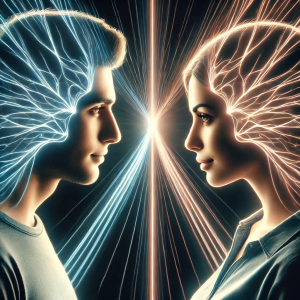
Future Directions in Research
The study of sexual attraction is an evolving field, with ongoing research exploring new dimensions of this complex phenomenon. Future studies may focus on:
- Genetic Factors: Investigating how genetic variations influence attraction and sexual behavior.
- Impact of Technology: Understanding how modern technology and social media influence perceptions of attractiveness.
- Longitudinal Studies: Examining how attraction and desire evolve over the course of long-term relationships.
- Cross-Cultural Studies: Exploring how cultural differences impact the biological and psychological aspects of attraction.
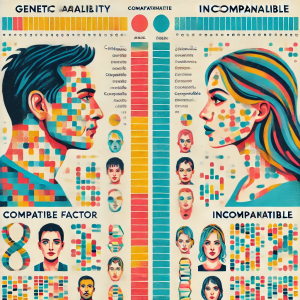
Conclusion

The science of sexual attraction encompasses a fascinating interplay of biology, chemistry, and psychology. By exploring the hormonal, neurotransmitter, and psychological factors that influence attraction, we can gain deeper insights into human behavior and relationships. Whether you are seeking to enhance your own sexual health or simply curious about the science of desire, understanding these underlying mechanisms can provide valuable knowledge and practical benefits.
Dr. Amanda Stone is a renowned psychotherapist and BDSM educator with over 15 years of experience in the field of human sexuality. She holds a Ph.D. in Clinical Psychology and has dedicated her career to exploring the intersections of mental health, sexuality, and spirituality. Dr. Stone is a passionate advocate for the healing potential of BDSM and regularly conducts workshops and seminars to educate individuals and couples on safe, consensual, and spiritually enriching BDSM practices.


